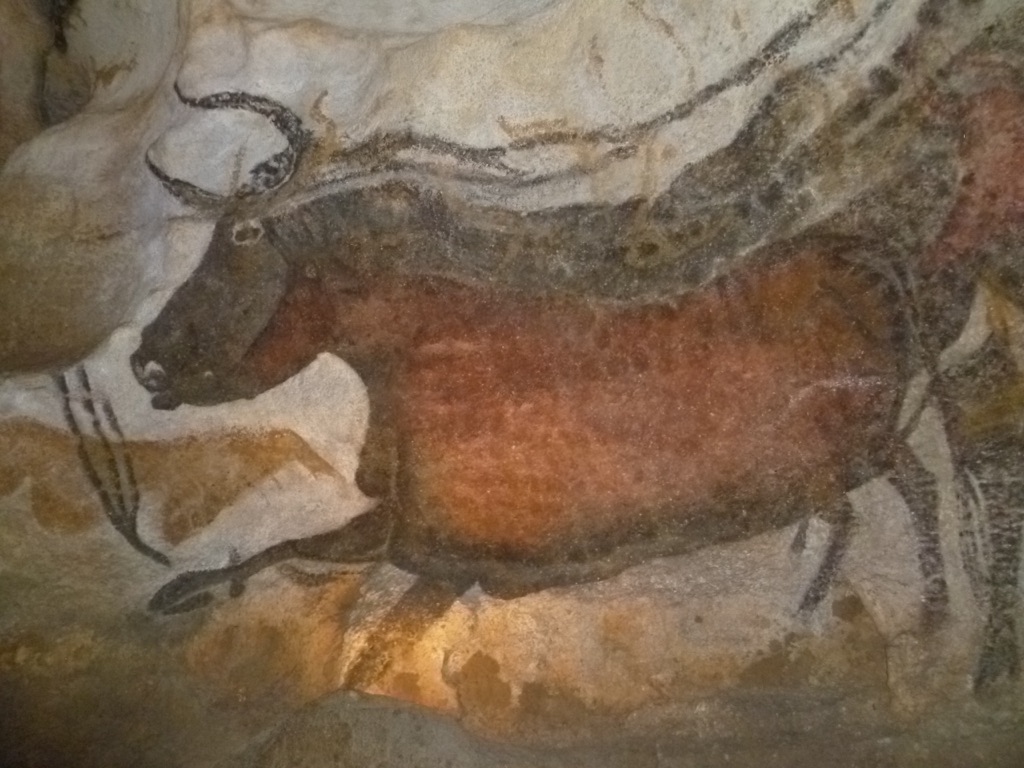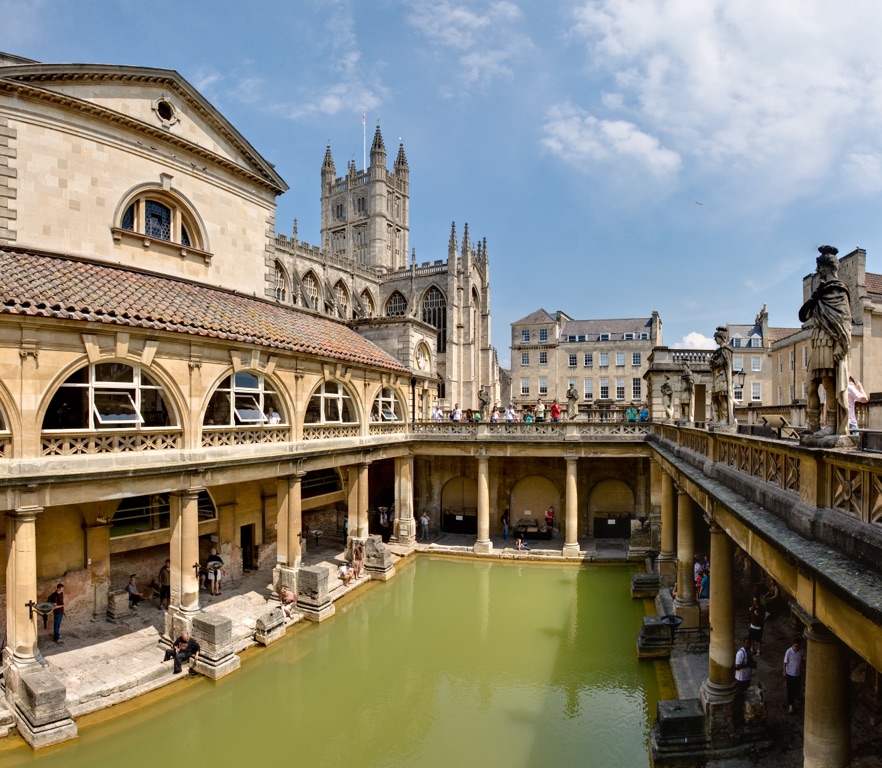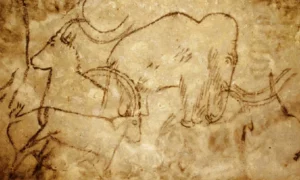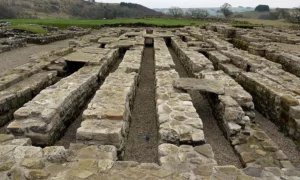Vindolanda is a fascinating historical site located near Hadrian’s Wall in Northern England. It was a Roman auxiliary fort (castrum) and village (vicus) that served as a military post on the northern frontier of Britannia. The site is renowned for the Vindolanda tablets, one of the most important finds of military and personal correspondence (written on wooden tablets) from the Roman world. These artifacts provide invaluable insights into the daily lives of the soldiers, families, and civilians who lived there nearly 2,000 years ago. Vindolanda remains a rich source of archaeological discovery, with ongoing excavations revealing more about the Roman Empire’s reach into ancient Britain.
Historical Places

Lascaux Cave
The Lascaux Cave, a complex of caves in southwestern France, is famous for its Paleolithic cave paintings. Discovered in 1940 by four teenagers, the cave’s walls are adorned with over 600 paintings and 1,500 engravings that date back to approximately 17,000 years ago. These artworks depict large animals, human figures, and abstract signs, providing a window into the lives and minds of our prehistoric ancestors. The cave is a UNESCO World Heritage site and is considered one of the most significant sites of prehistoric art in the world.

St Kilda
St Kilda is a remote archipelago situated in the North Atlantic Ocean. Renowned for its dramatic cliffs and seabird colonies, it’s Scotland’s westernmost point. Once inhabited, St Kilda hosts the remains of a unique community that lived in isolation until the 20th century. The islands boast a dual World Heritage Site status for both natural and cultural significance. The evacuation of its last residents in 1930 marked the end of an era for a way of life that had persisted for centuries.

Glastonbury Tor
Glastonbury Tor is a hill near Glastonbury in the English county of Somerset, topped by the roofless St. Michael’s Tower. A site of ancient religious significance, it is often associated with the legend of King Arthur and said to be the mythical Isle of Avalon. The Tor rises from the flat landscape of the Somerset…

The Roman Baths in Bath
The Roman Baths in Bath, a well-preserved public bathing complex, is a remarkable historical site in the United Kingdom. Nestled in the heart of the city of Bath, it is a testament to the ingenuity of Roman engineering and architecture. The site includes the Sacred Spring, the Roman Temple, the Roman Bath House, and finds…

Grotte de Rouffignac
The Grotte de Rouffignac, also known as the Cave of the Hundred Mammoths, is a prehistoric cave located in the Dordogne department in France. Renowned for its Paleolithic cave paintings and carvings, this site is a treasure trove of ancient art. The cave extends over 8 kilometers and contains over 250 engravings and drawings that have been preserved for thousands of years. The artwork predominantly features mammoths, hence the cave’s nickname, but also includes depictions of rhinoceroses, horses, and bison. The Grotte de Rouffignac is part of the UNESCO World Heritage list, recognized for its outstanding contribution to the understanding of prehistoric Europe.

